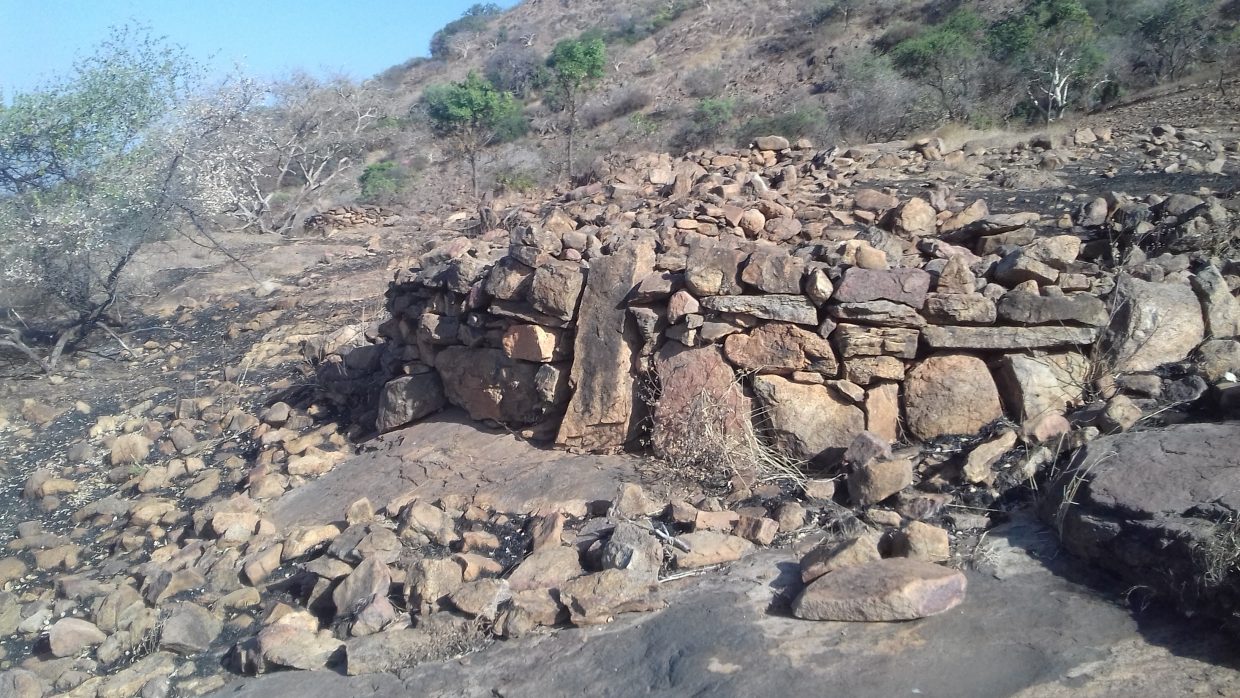The Forgotten Heritage in the Nuba Mountains – Sudan
War always has a high price, paid by people and their land. The land has no value without its secure human being. There is no value for a person without material or spiritual heritage that distinguishes him on the human map and strengthens his belonging to it, and to humanity. There is also no use in the legacy that is scattered by the fires of wars, which make many materials and spiritual heritages went with the wind. During the war, the normal human rhythm of life stops, in favor of another life’s goals, with full of sorrows and pains.
Sudan has been suffering, for a long time, from the ravages of these wars, which flared up in different parts of its territories. The Nuba Mountains region had the largest share of those wars and security disturbances, which affected the pace of economic and human development, stability, and aspects of normal life. Of course, archeology and archaeological discoveries were among those affected greatly by these disturbances.

The Nuba Mountains are located in the southwestern parts of Sudan. It is the original home of the groups of Nuba tribes that the region is named after. It is mainly characterized by the phenomenon of isolated hills or mountain peaks, whose height sometimes reaches about (1280) meters. The region is also distinguished by its ethnic, linguistic, and topographical diversity, and it enjoys rich cultural components. It is still virgin land and is awaiting a careful archaeological investigation, which can be placed within the general cultural context of ancient Sudan.

I was very fortunate, during a fleeting visit I made to this region, in mid-December of the year 2019 AD, because it allowed me to stand close to the nature of the place, its topography, the manifestations of the traditions of the material culture, its diversity and harmony with the nature of the place, and its environmental and geographical characteristics. Among these features are isolated hills that sometimes contain interesting components such as ruins stone buildings, although they are hidden in the jungle of grass and shrubs. The rocky nature of the area made it possible to cut rocks and use them as a basic material in construction. As well as the remains of grain storage places known as sowiba (السويبة), and the heavy presence of milling tools, and so on.
With the advent of peace and the new political transformation in Sudan, it is hoped that the intensive archaeological activities will return to this forgotten part of Sudan, to find its fortune from organized archaeological exploration, study, restoration, and preservation for future generations. There is another human aspect of life that is absent. It is time for it to shine here.
The fieldwork is featured in the current issue of ‘Libyan Studies’ and is free to access until the end of June 2021. A translation of this blog post into Arabic is also available below.
التراث المنسي بجبال النوبة_السودان
دائما للحرب ثمن باهظ، يدفعه الإنسان وأرضه. إذ ليس للأرض قيمة من دون إنسانها الآمن المستقر. و لا قيمة للإنسان بلا إرث مادي أو روحي يميزه على الخارطة الإنسانية، ويعضد انتمائه إليه، والي الإنسانية جمعا. كما لا فائدة من إرث تبعثره نيران الحروب، التي تجعل الكثير من المأثورات المادية والروحية في مهب الريح. لأن في أوقات الحرب، يتوقف ايقاع الحياة الإنساني الطبيعي، لصالح حياه أخرى عدمية، مليئة بالمواجع والأحزان.
وقد ظل السودان يعاني، ولفترة طويلة، من ويلات هذه الحروب، التي اشتعلت في أجزاء مختلفة من ربوعه. وقد كان لمنطقة جبال النوبة النصيب الأوفر من تلك الحروب والاضطرابات الأمنية، التي أثرت على خطى التنمية الاقتصادية والبشرية وعلى الاستقرار ومظاهر الحياة الطبيعية. وبالطبع كان علم الآثار والمكشوفات الأثرية، احد المتضررين كثيرا من هذه الاضطرابات.
تقع مرتفعات جبال النوبة، في الأجزاء الجنوبية الغربية من السودان. وهي الموطن الأصلي لمجموعات قبائل النوبة التي تسمى الإقليم باسمها. تتميز بشكل أساسي بظاهرة التلال أو القمم الجبلية المنعزلة التي يصل ارتفاعها في بعض الأحيان إلى حوالي (1280)م تقريباً. كما تتميز المنطقة بالتنوع العرقي واللغوي والتضاريسي، وتتمتع بمكونات ثقافية غنية، ولا تزال منطقة بكر، وبانتظار الاستقصاء الأثري المتأني، الذي يمكن من وضعها داخل السياق الثقافي العام للسودان القديم.
كنت محظوظا جدا، أثناء زيارة عابرة قمت بها لهذه المنطقة، في منتصف ديسمبر من العام 2019م، لأنها أتاحت لي الوقوف وعن قرب على طبيعة المكان وتضاريسه ومظاهر المأثورات الثقافة المادية، وتنوعها وانسجامها مع طبيعة المكان، وخصائصه البيئية والجغرافية. ومن هذه المظاهر التلال المنعزلة التي تشتمل أحيانا على مكونات مثيرة للاهتمام كإطلال المباني الحجرية وركامها، بالرغم من كونها مخفية داخل أدغال الحشائش والشجيرات. حيث أتاحت الطبيعة الصخرية للمنطقة إمكانية قطع الصخور واستخدامها كمادة أساسية في البناء. كذلك بقايا أماكن تخزين الغلال المعروفة بالسويبة، والتواجد الكثيف لأدوات الطحن وغير ذلك.
مع بشريات السلام والتحول السياسي الوليد بالسودان من المؤمل أن تفعل الأنشطة الأثرية المكثفة على هذا الجزء المنسي من السودان، ليجد حظه من الاستكشاف الأثري المنظم، دراسة وصيانة وحفظا للأجيال القادمة. فثمة وجه انساني اخر للحياة غائب، ان له آن يشرق هنا.






